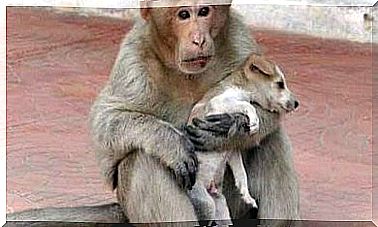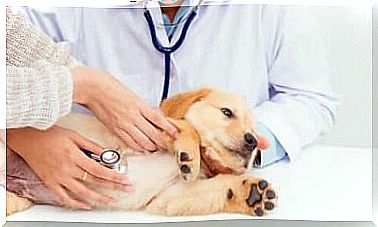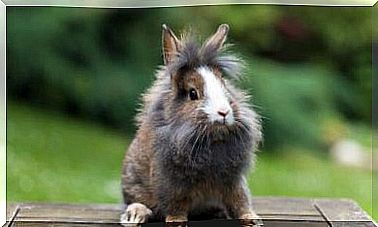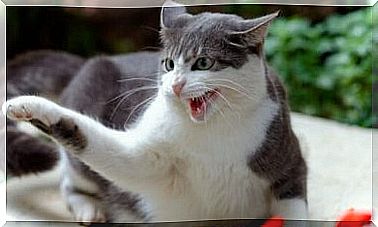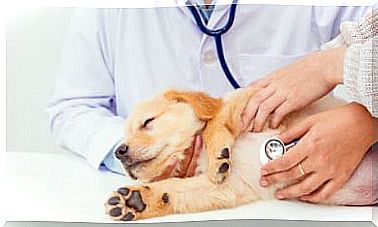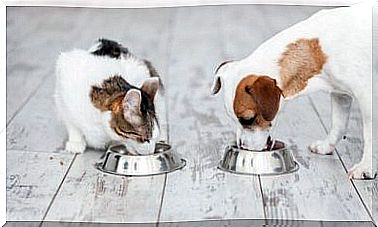Heat Stroke In Cats: Symptoms And Prevention
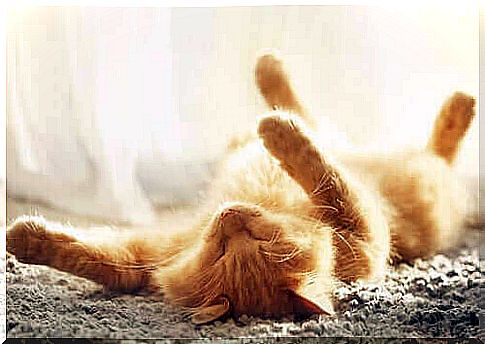
Although we can adapt to changes in temperature, we humans sometimes experience heat stroke. But did you know that cats can get heat stroke too?
We usually regulate our body temperature by sweating more and drinking more or by changing our behavior. We stay in the shade more often. Cats basically do the same thing. Still, there are a few things you can do to make sure your cat doesn’t get too hot in the summer.
You should also know what symptoms can be used to identify heat stroke in cats . Just read on and find out more about it.
How do cats regulate their body temperature?
First of all, cats don’t sweat the way we do. Since their sweat glands are located on the pads of their paws, this is also the only area of their body where they can sweat.
But they can cool off by keeping their mouths open. That’s how dogs do it too. However, panting excessively can indicate that your cat is stressed or unwell.
If you notice that your cat is panting or panting unnaturally, it is best to see a veterinarian right away.
In addition, cats can cool off a little while grooming themselves. So, they’re not just untangling their fur and removing excess hair. At the same time, they distribute saliva on their body, which helps to lower their body temperature a little.
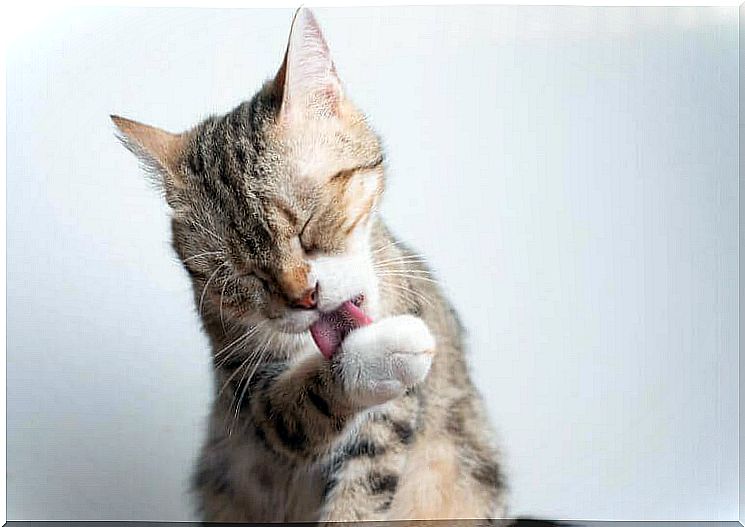
Heat stroke in cats
In some parts of the world, summer temperatures can get very high. Therefore, this excessive heat can also lead to heat stroke in cats. Small kittens and sick or elderly cats are particularly at risk.
Hyperthermia or heat stroke occurs when the body is unable to lower its temperature quickly enough to maintain a stable body temperature.
Heat stroke is very dangerous and can even be fatal. Therefore, you should pay attention to the following symptoms in your cat:
- Faster breathing or breathing problems – the mucous membranes could also change color
- Increased heart rate
- Muscle spasms or vomiting
- Red spots on the skin
- weakness
If you see any of these symptoms in your cat, move them to a cool area immediately. Also, if the symptoms are really severe, you should see a veterinarian.
Heat stroke often occurs in cats that are in a vehicle that is directly in the blazing sun.
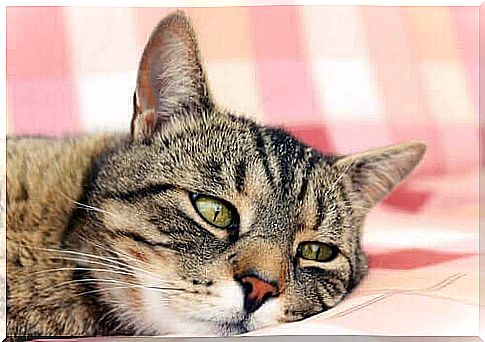
What can you do to avoid heat stroke in cats?
Many domestic cats do not leave their home at all. As a result, these animals usually have no problem cooling off in summer. However, you should also give them some wet food on particularly hot days to keep them hydrated.
You can also brush your kitty every day. This will prevent the build-up of dead fur, which could obstruct the air supply to your cat’s skin.
Avoid heat stroke in cats by providing them with a cool spot
Cats love to hide. If you offer your cat a cool spot, then it will surely like to retreat there in summer.
The right temperature in the house
You can also use a fan or air conditioner to lower the temperature in your home. However, you should be careful not to change the temperature too quickly. Because this could be physically stressful for both you and your cat.
Another option is to open your windows during the cooler hours of the day. Of course, you should make sure that your cat can’t fall out the window and injure itself.
Make sure your cat has enough water
In summer it is very important that we all drink enough. And of course this also applies to your cat. Since cats are a bit fussy, they always prefer moving and absolutely clear and fresh water. This is also the reason why many cats love to drink from a tap!
But of course you can still offer your cat her water in a drinking bowl. There are also special drinking fountains for cats that you can certainly use to encourage them to drink.
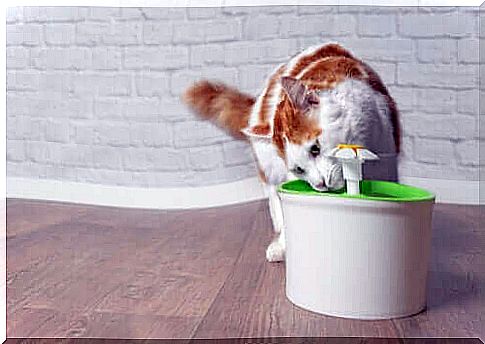
Avoid activities during the particularly hot hours of the day
When temperatures are very high, cats tend to be less active. This will prevent your body from heating up.
In addition, cats are basically nocturnal creatures. For this reason, they tend to be out and about at dusk and at dawn. And during these hours the temperatures are a little lower.
